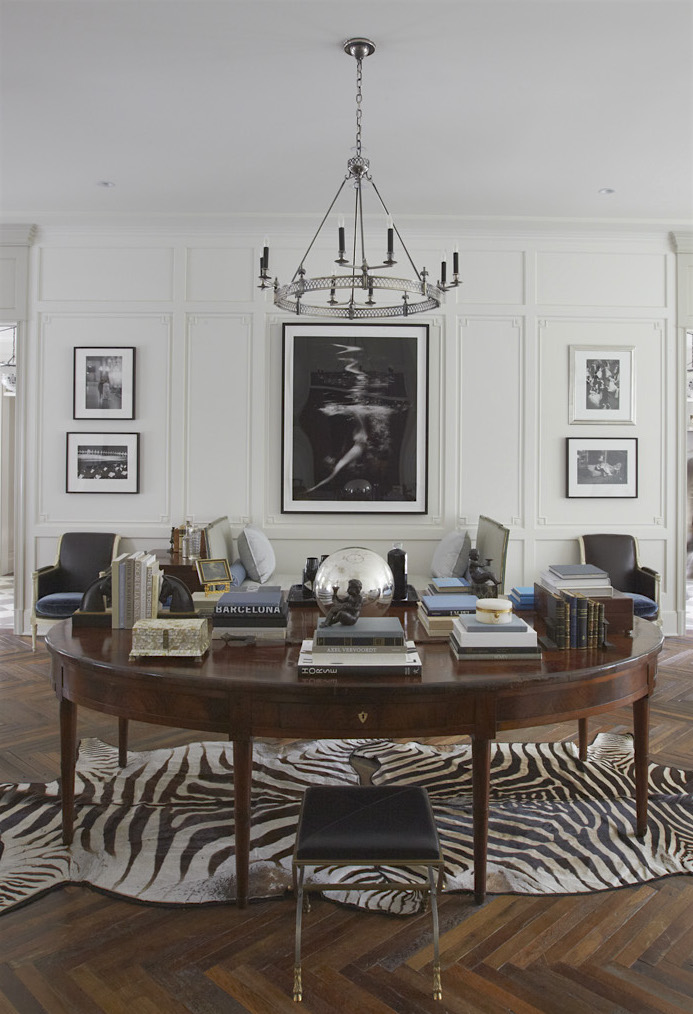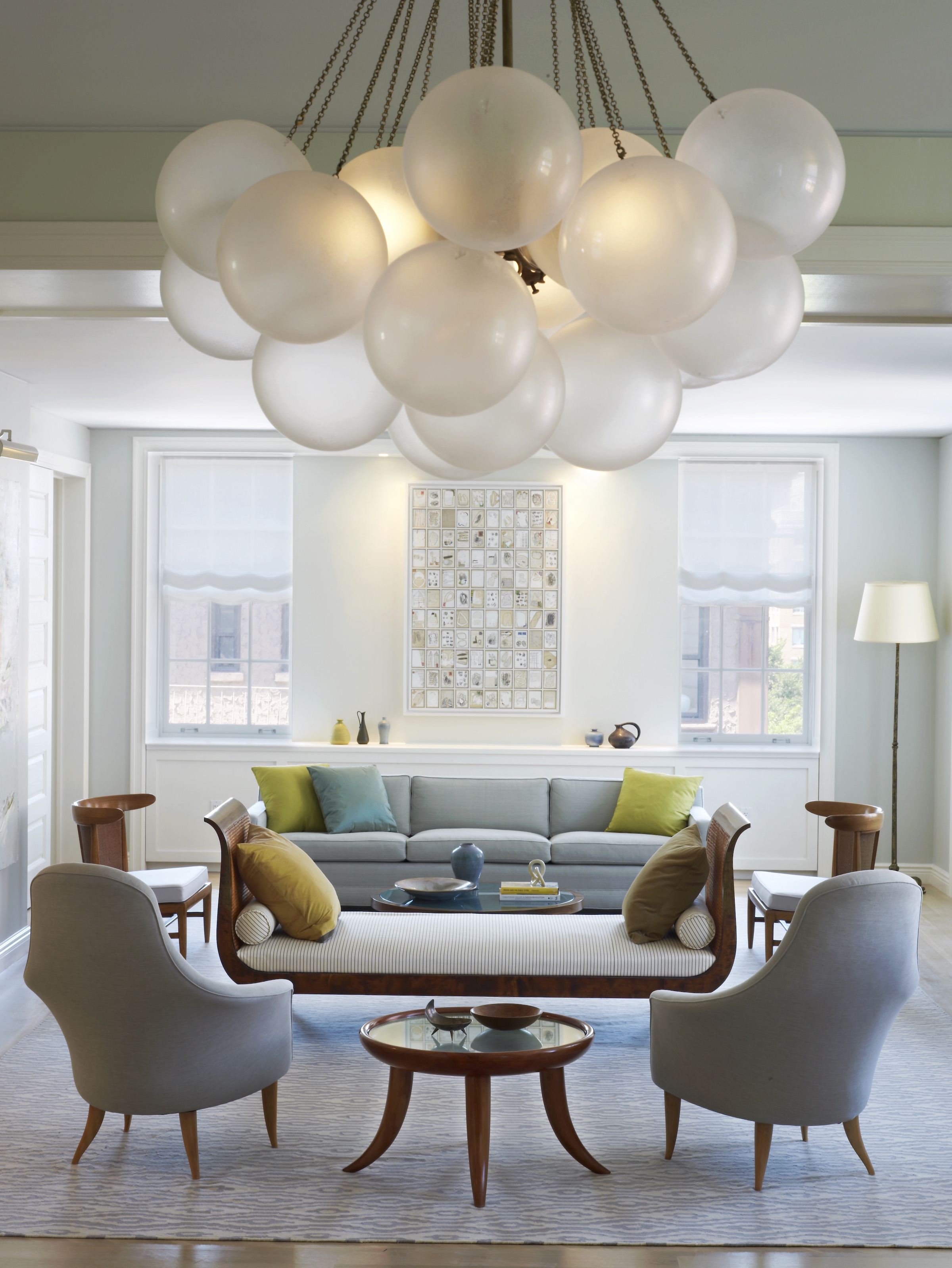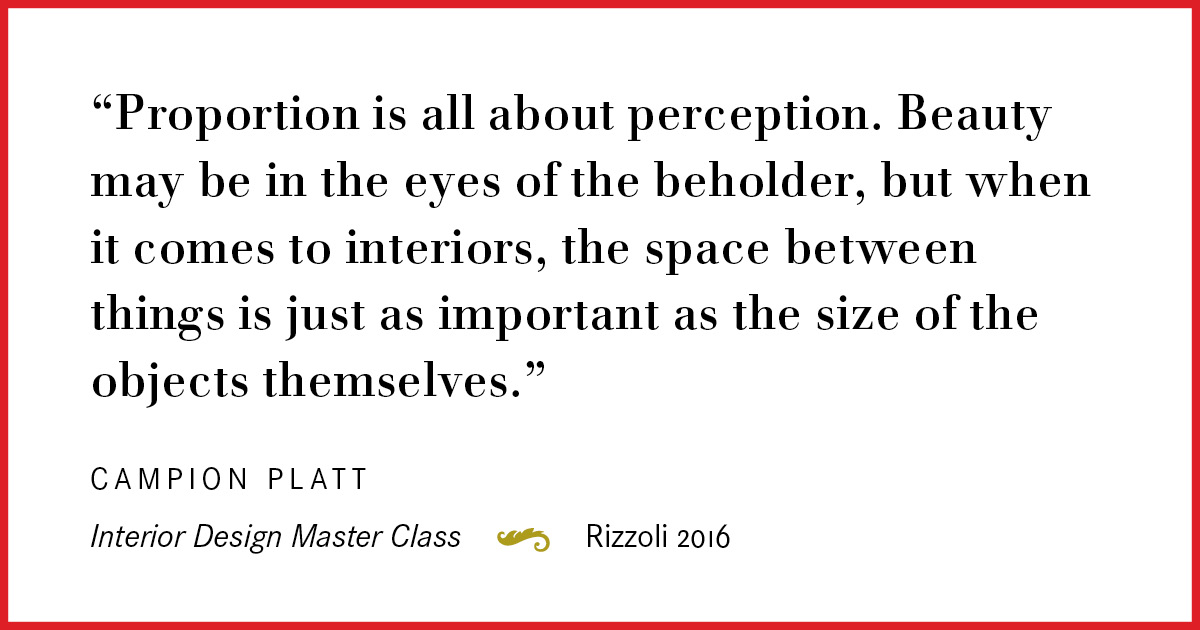
“Instant messaging, urgent e-mails, video chats, and online streaming mean that the devices designed to bring us together are also pushing us further apart. I realized some time ago that the only way I could make clients with demanding lifestyles truly happy at home is to evolve my work to this shiftier new landscape of starts and stops. The flow I need to focus on building is the everyday flow of conversation.
Somehow, I need to find tangible ways to put emotion and connectivity into the DNA of rooms I was previously consumed with making beautiful. I had to draw people deeper than the next room. My job was now to inspire clients to express themselves and communicate in a deeper way within their walls.”
 Will you be attending the IWCE this year in Charlotte? Please join me for my keynote address on March 8th where I’ll be talking about my experiences producing and editing Interior Design Master Class from Rizzoli New York.
Will you be attending the IWCE this year in Charlotte? Please join me for my keynote address on March 8th where I’ll be talking about my experiences producing and editing Interior Design Master Class from Rizzoli New York.


